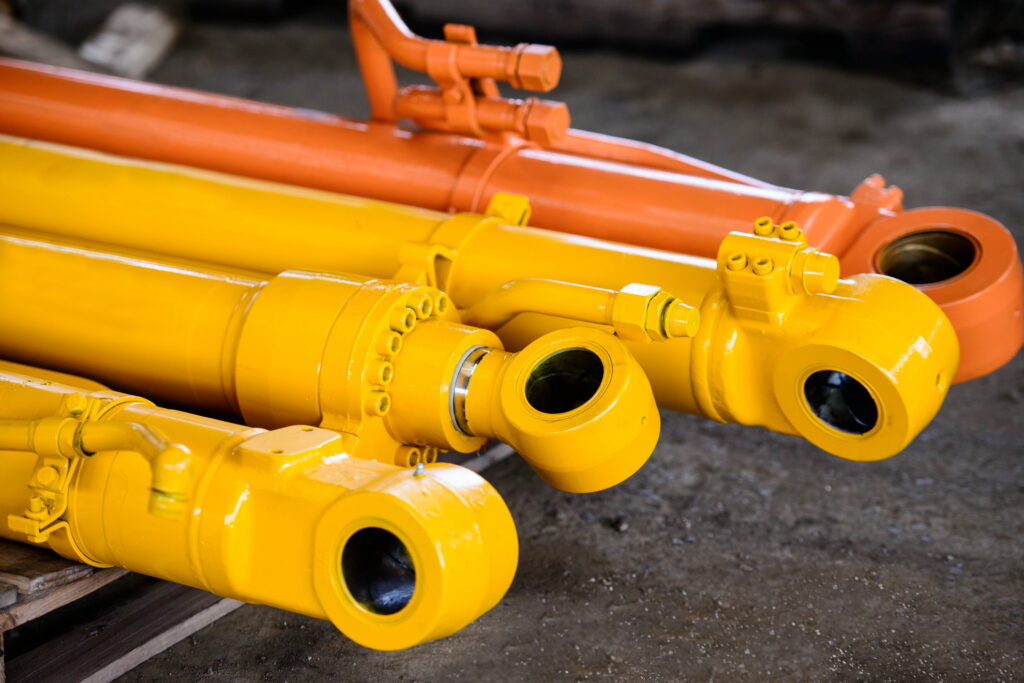Гидравлические цилиндры являются важными компонентами в различных промышленных приложениях., в том числе строительство, производство, и транспорт. Они играют жизненно важную роль в создании силы и движения., что делает их незаменимыми компонентами во многих машинах и оборудовании. В этой статье, мы обсудим определение, компоненты, и принцип работы гидроцилиндров.

Определение:
Гидравлический цилиндр — это механический привод, который преобразует давление жидкости в линейную силу и движение.. Состоит из цилиндрического ствола., поршень, шток поршня, и торцевые заглушки.
Компоненты:
- Цилиндрическая бочка: Цилиндрический цилиндр является основным корпусом гидроцилиндра., который содержит поршень и жидкость. Изготовлен из высокопрочных материалов, например, сталь, выдерживать нагрузки высокого давления.
- Поршень: Поршень — это движущийся компонент внутри гидравлического цилиндра, который разделяет жидкость на две камеры.. Обычно он изготавливается из стали или алюминия и предназначен для свободного перемещения внутри цилиндра..
- Шток поршня: Шток поршня — это компонент, который соединяет поршень с приводимой в действие машиной или оборудованием.. Обычно он изготавливается из высокопрочной стали и отвечает за передачу линейной силы и движения, создаваемого поршнем, на внешнюю нагрузку..
- Торцевые заглушки: Торцевые крышки — это компоненты, которые герметизируют концы гидроцилиндра.. Обычно они изготавливаются из стали или алюминия и отвечают за поддержание жидкости внутри цилиндра..
Принцип работы:
Принцип работы гидравлический цилиндр основан на законе Паскаля, который гласит, что давление, приложенное к замкнутой жидкости, передается одинаково во всех направлениях.. Когда жидкость закачивается в цилиндр, он оказывает давление на поршень, который движется линейно. Это линейное движение передается на шток поршня., который в свою очередь передает его внешней нагрузке. Давление жидкости определяет силу, создаваемую гидроцилиндром., а размер поршня определяет величину производимого линейного движения..
